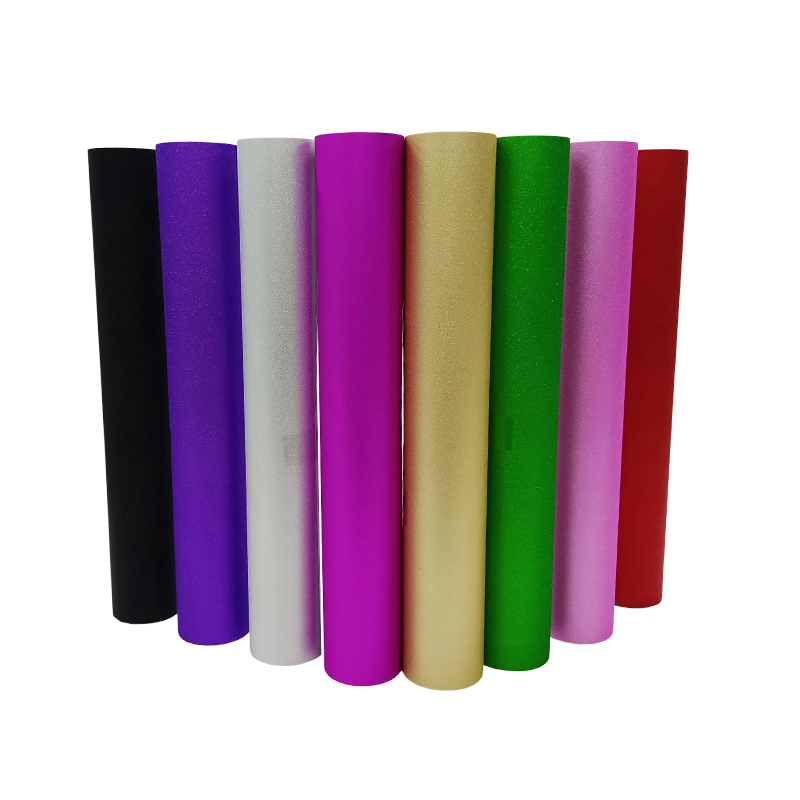Can anti-counterfeiting labels help companies track the flow of products?
Release Time : 2025-05-12
In the current market environment where counterfeit and shoddy products are rampant, companies not only need reliable anti-counterfeiting measures to protect their own rights and interests, but also hope to master the full process information of products from production to sales. Traditional anti-counterfeiting labels mainly focus on "authenticity identification", while modern high-end anti-counterfeiting labels have further expanded their functional boundaries and have the ability to track the flow of products.
1. Anti-counterfeiting and traceability: two functions, one carrier
Although anti-counterfeiting and product traceability are two different concepts, they are highly integrated in practical applications.
The anti-counterfeiting function is to prevent counterfeiting and ensure that consumers buy genuine products; the traceability function helps companies grasp the actual flow of products by recording key nodes in the product circulation process (such as factory, logistics, distribution, etc.). This anti-counterfeiting label is a model of the combination of the two. It not only uses half-flip/full-flip technology and negative/positive customization technology to ensure that each label is unique, but also supports the bottom layer to retain invisible text, patterns or exclusive codes, forming a double verification mechanism, making it difficult for counterfeiters to copy or forge.
2. How to track the flow of products?
To achieve product flow tracking, the key is to give each product a unique "identity mark". This anti-counterfeiting label is designed based on this principle:
Unique code binding: The QR code or serial number on each label corresponds to the enterprise database one by one to ensure that each product has a traceable trace.
Scan code data collection: From factory delivery, logistics transportation, channel distribution to terminal retail, each link can record the location and time by scanning the code to build a complete product circulation chain.
Consumer verification feedback: When consumers scan the anti-counterfeiting code, the system will simultaneously record the verification location and time to help brands understand whether the product has entered the consumer terminal.
This closed-loop data management mechanism enables companies to not only combat counterfeit goods, but also accurately identify problems such as channeling and illegal distribution, thereby effectively maintaining market order.
3. How does this product support efficient tracking?
The reason why the anti-counterfeiting label can perform tracking tasks is inseparable from its series of core technical advantages:
Uncovering and retaining technology: After the label is peeled off, the bottom layer will still retain invisible text or exclusive code to prevent the label from being transferred and reused, eliminating the risk of counterfeiting.
Customized information implantation: Enterprises can embed company LOGO, brand logo (such as VOID), exclusive number, etc. according to needs to enhance recognition and brand relevance.
Microstructure texture + optical color-changing ink: These high-tech processes not only enhance the visual beauty, but also greatly enhance the non-replicability of the label, providing physical layer protection for digital tracking.
Strong compatibility: Supports docking with ERP system, CRM platform, and blockchain traceability system, which facilitates enterprises to integrate existing resources and build a unified anti-counterfeiting traceability platform.
The anti-counterfeiting label not only has excellent anti-counterfeiting capabilities, but also realizes the full traceability of product flow through technical integration. It is both a "shield" for brand protection and an "eye" for supply chain management.
1. Anti-counterfeiting and traceability: two functions, one carrier
Although anti-counterfeiting and product traceability are two different concepts, they are highly integrated in practical applications.
The anti-counterfeiting function is to prevent counterfeiting and ensure that consumers buy genuine products; the traceability function helps companies grasp the actual flow of products by recording key nodes in the product circulation process (such as factory, logistics, distribution, etc.). This anti-counterfeiting label is a model of the combination of the two. It not only uses half-flip/full-flip technology and negative/positive customization technology to ensure that each label is unique, but also supports the bottom layer to retain invisible text, patterns or exclusive codes, forming a double verification mechanism, making it difficult for counterfeiters to copy or forge.
2. How to track the flow of products?
To achieve product flow tracking, the key is to give each product a unique "identity mark". This anti-counterfeiting label is designed based on this principle:
Unique code binding: The QR code or serial number on each label corresponds to the enterprise database one by one to ensure that each product has a traceable trace.
Scan code data collection: From factory delivery, logistics transportation, channel distribution to terminal retail, each link can record the location and time by scanning the code to build a complete product circulation chain.
Consumer verification feedback: When consumers scan the anti-counterfeiting code, the system will simultaneously record the verification location and time to help brands understand whether the product has entered the consumer terminal.
This closed-loop data management mechanism enables companies to not only combat counterfeit goods, but also accurately identify problems such as channeling and illegal distribution, thereby effectively maintaining market order.
3. How does this product support efficient tracking?
The reason why the anti-counterfeiting label can perform tracking tasks is inseparable from its series of core technical advantages:
Uncovering and retaining technology: After the label is peeled off, the bottom layer will still retain invisible text or exclusive code to prevent the label from being transferred and reused, eliminating the risk of counterfeiting.
Customized information implantation: Enterprises can embed company LOGO, brand logo (such as VOID), exclusive number, etc. according to needs to enhance recognition and brand relevance.
Microstructure texture + optical color-changing ink: These high-tech processes not only enhance the visual beauty, but also greatly enhance the non-replicability of the label, providing physical layer protection for digital tracking.
Strong compatibility: Supports docking with ERP system, CRM platform, and blockchain traceability system, which facilitates enterprises to integrate existing resources and build a unified anti-counterfeiting traceability platform.
The anti-counterfeiting label not only has excellent anti-counterfeiting capabilities, but also realizes the full traceability of product flow through technical integration. It is both a "shield" for brand protection and an "eye" for supply chain management.







